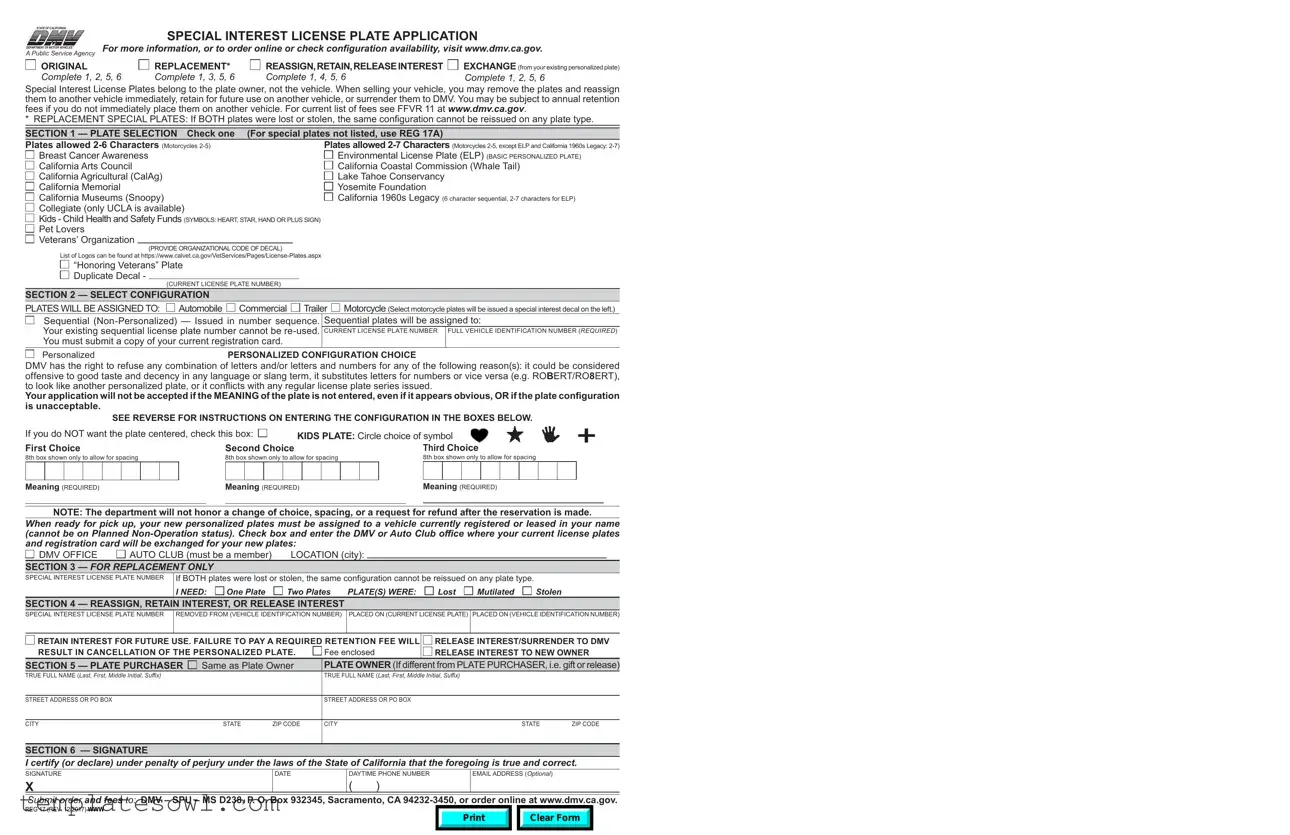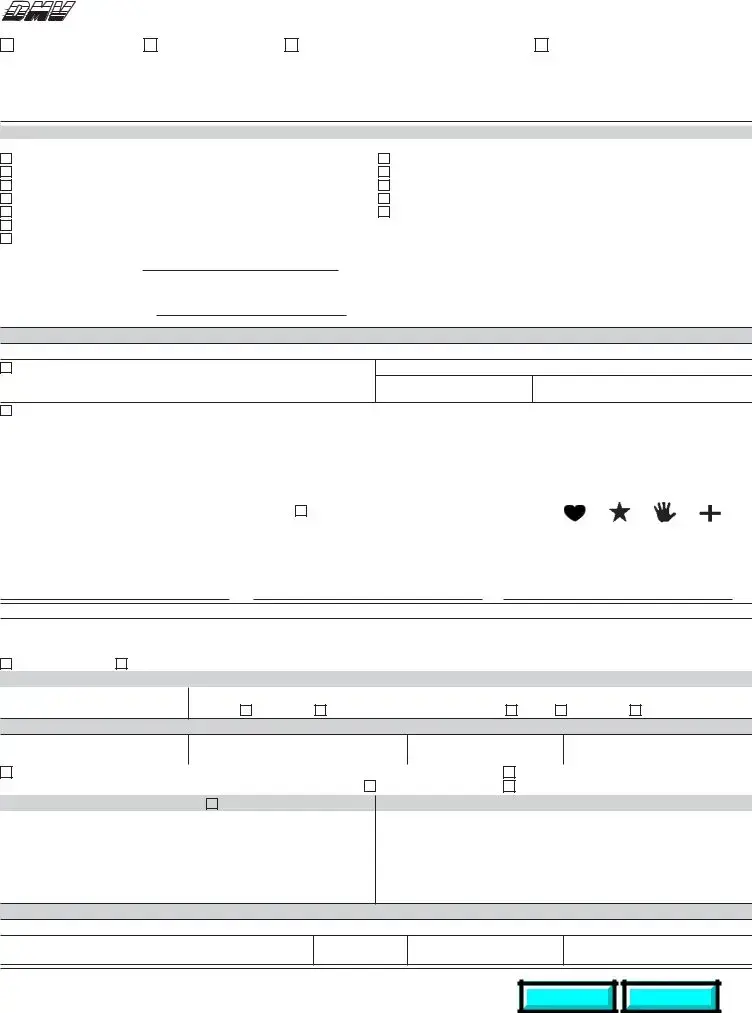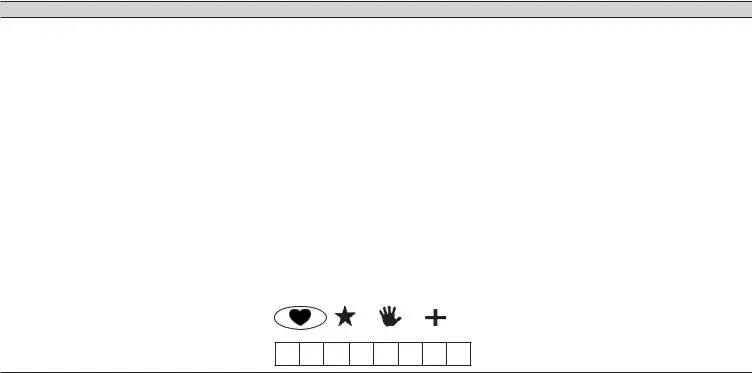What is the DMV Reg 17 form?
The DMV Reg 17 form is the Special Interest License Plate Application used by residents of California. It allows individuals to apply for, replace, reassess, or retain special interest license plates for their vehicles. The specific plates available include personalized combinations, special designs, and various causes supported by the state. This form provides a structured process for submitting these requests to the California Department of Motor Vehicles (DMV).
Who can use the DMV Reg 17 form?
Any individual who owns a vehicle registered in California can use the DMV Reg 17 form. This includes people seeking to obtain new special interest license plates, replace lost or stolen plates, or manage existing plates. Whether it’s a personal vehicle, commercial vehicle, trailer, or motorcycle, the application is accessible to a variety of vehicle owners.
What types of license plates can be requested through this form?
The DMV Reg 17 form allows applicants to request different types of special interest license plates. These include, but are not limited to, the Breast Cancer Awareness plate, Environmental License Plate, California Arts Council plate, and plates that represent various causes such as veterans' organizations and memorial foundations. Personalized plates are also an option, allowing for custom alphanumeric combinations, provided that they meet DMV standards.
What should I do if my special interest plates are lost or stolen?
If your special interest plates are lost or stolen, you can apply for a replacement using the DMV Reg 17 form. It is important to note that if both plates are lost or stolen, the same configuration cannot be reissued. You will need to indicate whether you need one or two plates replaced on the application form.
Can I reassign or retain my special interest plates if I sell my vehicle?
Yes, special interest plates belong to the plate owner and not the vehicle. When selling your vehicle, you have options: you can reassign the plates to another vehicle, retain them for future use, or surrender them to the DMV. If choosing to retain them, you may incur annual retention fees unless the plates are immediately assigned to a new vehicle.
What are the requirements for creating a personalized plate?
When creating a personalized plate, it is essential to provide the meaning of the requested configuration. The DMV may refuse combinations that are offensive, confusing, or resemble existing plates. Additionally, applicants should avoid using letters as substitutes for numbers or vice versa. A clear understanding of these guidelines helps ensure your application is accepted.
Is there a fee associated with applying for special interest plates?
Yes, there are fees associated with the application for special interest plates. These fees can vary based on the type of plates requested or the nature of the application (e.g., new plates, replacement). For the current list of applicable fees, individuals should refer to the DMV website or consult the FFVR 11 document available online.
What happens after I submit my DMV Reg 17 form?
After submitting the DMV Reg 17 form, the DMV will process your application. Once approved, you will be assigned your requested plates, which must be applied to a vehicle that is currently registered in your name. Make sure your vehicle is not classified as "Planned Non-Operation" at the time of plate assignment.
How can I check the status of my application?
You can check the status of your application by contacting your local DMV office or visiting the DMV website. Keep in mind that it may take several weeks for applications to be processed, depending on demand and the type of request made. Patience is key while waiting for confirmation regarding the status of your special interest plates.



 Pet Lovers
Pet Lovers
 Veterans’ Organization
Veterans’ Organization
 “Honoring Veterans” Plate
“Honoring Veterans” Plate
 Duplicate Decal -
Duplicate Decal -







